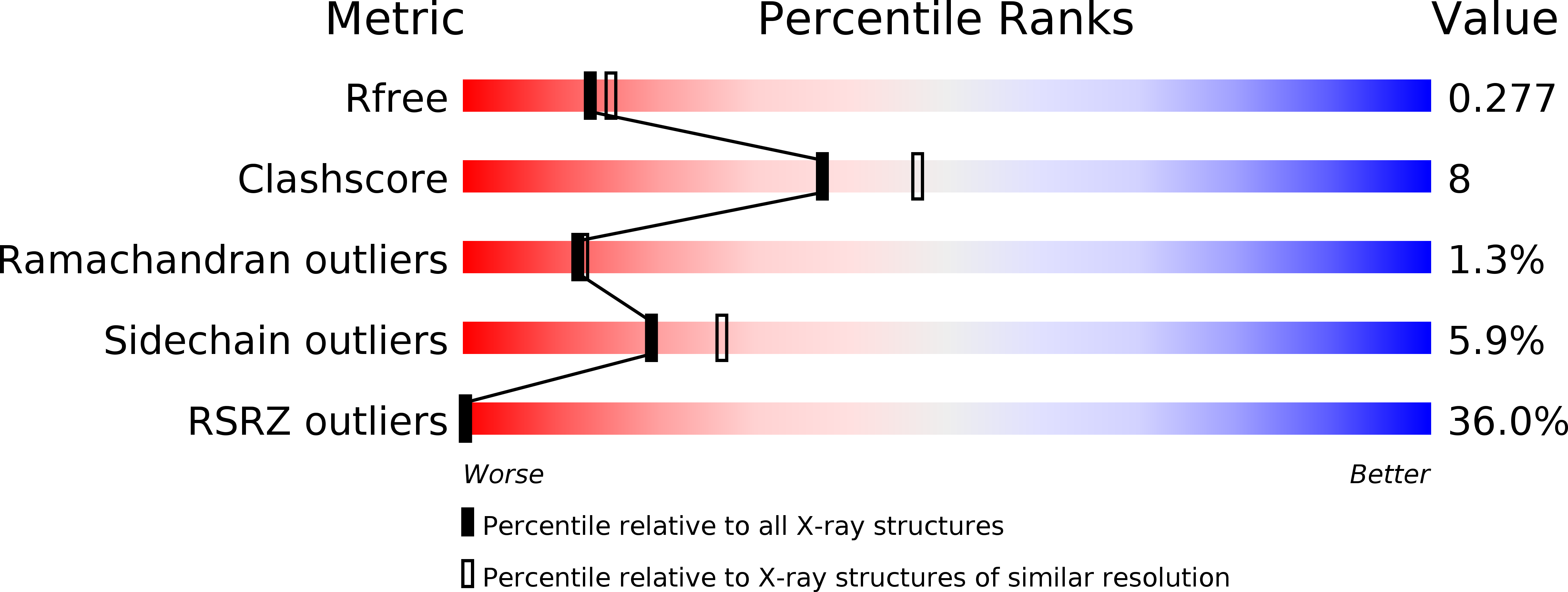
Deposition Date
2006-02-21
Release Date
2006-07-12
Last Version Date
2024-10-23
Method Details:
Experimental Method:
Resolution:
2.30 Å
R-Value Free:
0.26
R-Value Work:
0.22
R-Value Observed:
0.22
Space Group:
C 1 2 1


